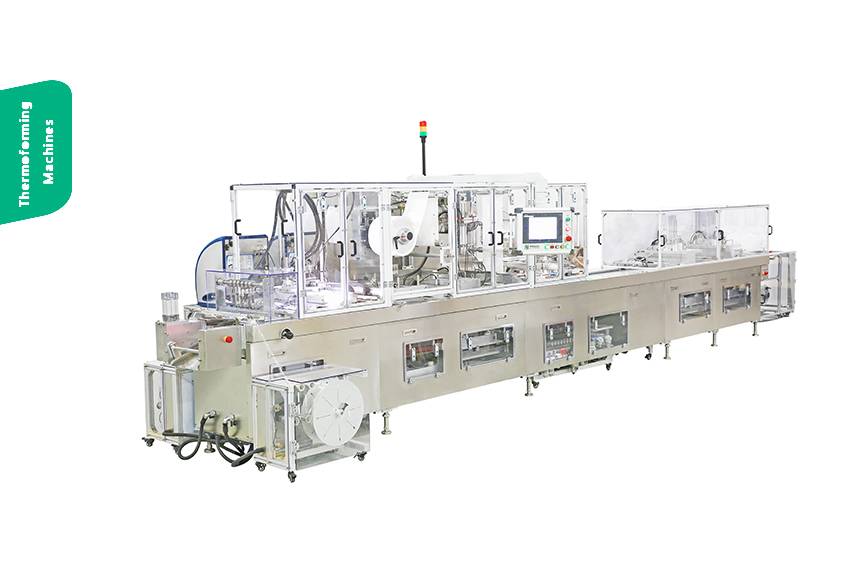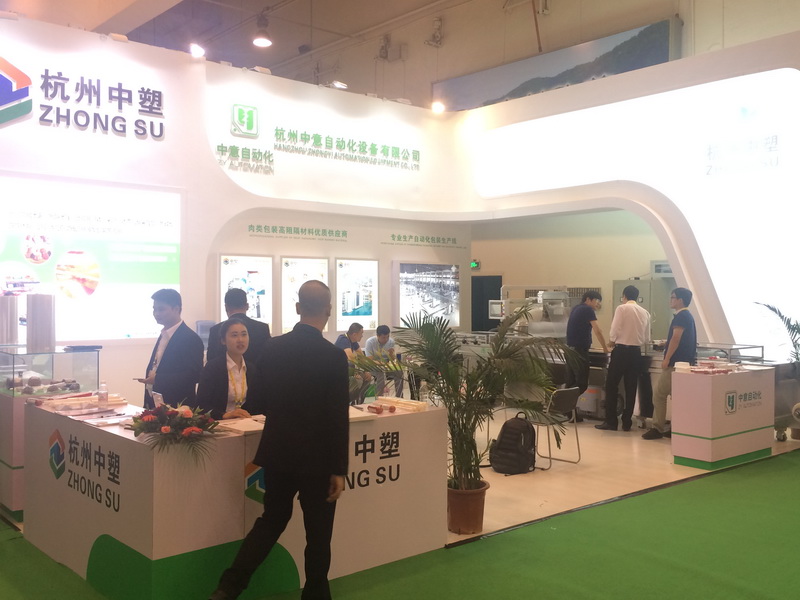In general, plastic sheets for thermoforming packaging can be classified into three types according to the thickness, wherein a sheet having a thickness of less than 0.25 mm is a sheet, and if the thickness is between 0.25 and 0.5 mm, it is a sheet, and the thickness is More than 1.5 mm is for the board.

Plastic sheets and sheets are generally used for continuous thermoforming containers, such as packaging containers for small products such as blister packs, trays and cups. The sheet thermoformed container is specially clamped and heated. Because it is indirect forming, it is generally used to form larger or deeper packaging containers.
The thickness of the thermoformed plastic sheet should be uniform. Otherwise, the plastic sheet may have internal stress due to uneven temperature and inconsistent softening degree during heat forming, which may reduce the strength of use or directly deform the container. In other words, thermoplastic sheets can be used in thermoforming to make containers. For example, the materials used to package foods are PE, PP, PVC, PS sheets and a small amount of composite sheets:
1. Among them, PE is widely used in food packaging because of its hygiene and low cost, but its transparency is not high.
2. PP has good molding and addition properties, and is suitable for manufacturing containers with relatively large depth and several diameters. The transparency of the container is high, but the low temperature resistance is relatively poor.
3. The PVC sheet has good rigidity and high transparency, so it can also be used for packaging in which food is directly contacted, but since the performance due to tensile deformation is relatively poor, it is difficult to form a container having a complicated structure.

